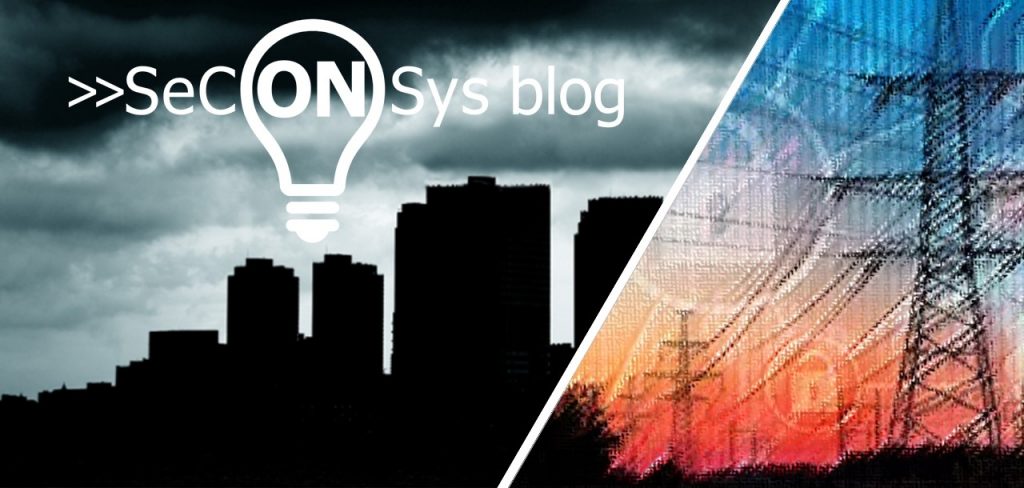In the US, the Executive Order (EO) issued on 1 May 2020 focused cybersecurity on the highest-voltage parts of the electricity system, the so-called transmission grid, which forms the backbone of the system. Although the EO, which came at the end of the Trump presidency, has had a mixed fate (delayed, then ultimately not issued, suspended for 90 days by President Biden, then re-enacted), developments in recent months suggest that the EO will remain in force unchanged, but that it may be tightened further.
At the same time, there are growing voices in favour of cyber-protection of the vast but highly fragmented distribution network in the US, in addition to/instead of the transmission network.
For example, according to a May report by the GAO (U.S. Government Accountability Office):
„A Government Accountability Office report issued last month warned that the U.S. grid’s distributions systems “are growing more vulnerable, in part because their industrial control systems increasingly allow remote access and connect to business networks.”
In addition, the North American Electric Reliability Corporation (NERC) cybersecurity standards are not binding on the distribution network.
In terms of consumer impacts, the attack on the transmission network handling the largest flows of energy, and the loss of key elements, could have the most severe consequences.
At the same time,
the distribution network is playing an increasingly important role
as a result of the emergence of distributed and renewable generation and storage, in particular, and the paradigm shift in electricity systems.
This change is accompanied by the explosion of digital technologies, which has significantly increased the attack surface. Smart meters, smart grids, microgrids and the distribution network that integrates them will play an increasingly important role in the evolving electricity systems. This may justify strengthening the protection of the distribution network.
Today, it may be true that it is the attack on the transmission network that can have the greatest social impact.
But
after a relatively short period of time – 10-20 years – the impact of widespread compromise of distribution network components can have increasingly serious social impacts.
What do you think?
Szívesen vesszük a fentiekkel akár egyetértő, akár azokkal vitatkozó üzeneteket. Ezekre pl. újabb posztban reagálva akár érdemi szakmai eszmecsere is megindulhat.

